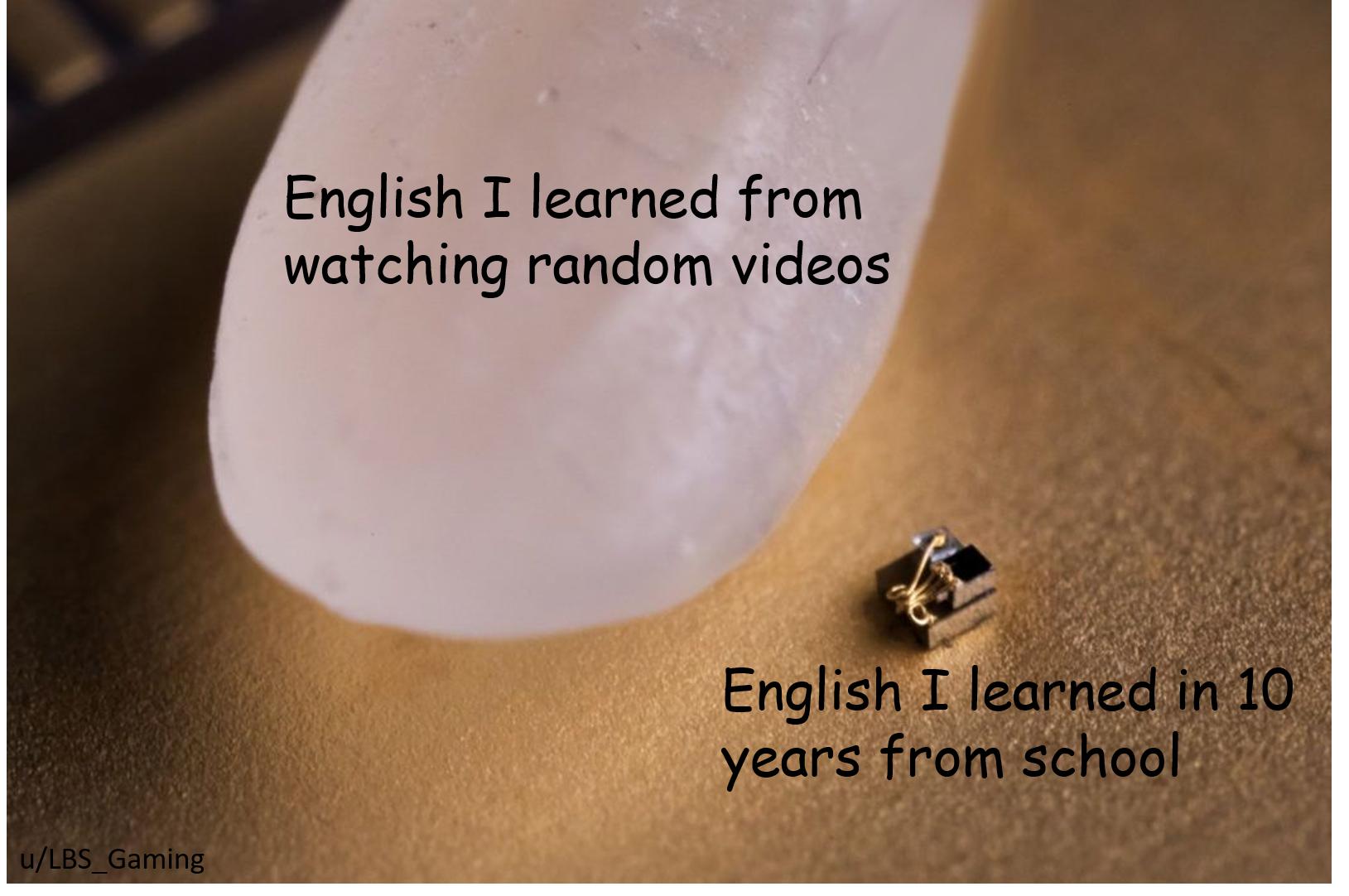Why is the Education System So Bad?

Why is the Education System So Bad?
- 649
- 0 Comment
The education system is in crisis largely because of the disparity in income between rich and poor. Overcrowded classrooms, poor funding, and the Common Core State Standards have all been blamed for the problem. Why is this problem so bad? How do we fix it? This article will explore some of the key issues. Hopefully, this will help you determine how to improve your local school system. This article was written to educate parents and teachers alike.
Overcrowded classrooms
Overcrowded classrooms have a number of negative effects on students and teachers. Inexperienced educators know that larger classrooms tend to lead to less individualized instruction and higher noise levels, and they can even contribute to disciplinary problems. In addition to these negative effects, overcrowded classrooms can make it difficult for teachers to teach and facilitate learning. Here are five ways in which overcrowded classrooms are making our education system worse.
Bias
Although it is common for teachers and other educators to feel some form of bias against a certain group, this paper will focus on secondary bias, or the artificial belief that a certain characteristic is more valuable than another. This is particularly relevant in the field of education, where teachers frequently overlook students with disabilities or low socioeconomic status. Bias is often the cause of mediocre educational outcomes, especially among minority students and women in STEM fields.
Funding
School finance has long been a topic of debate. Federal and state governments spend money on public education, but the amount of funding per student remains disproportionately low in many states. School districts in the richest states spend more money on schools than the poorest ones. And this trend hasn’t changed. According to the Center on Budget and Policy Priorities, 34 states have cut their per-student funding despite improving economic conditions.
Common Core State Standards
The Common Core’s implementation has not gone as smoothly as its proponents have claimed. New York City teachers didn’t get their textbooks aligned to the Common Core standards on time. Teachers in Massachusetts complained about a lack of quality teacher training and the high-stakes testing system. Perhaps these challenges were more difficult for states with different standards. However, they are inevitable. Here’s why.
Teacher tenure
In today’s education system, the protection of tenured teachers is often justified by the idea that it will be easier to fire ineffective teachers. But this argument fails to recognize the fact that the number of truly ineffective teachers is small. This system also limits the ability of administrators to fire teachers for noneducational issues or personal conflicts with authority figures. And while tenure may provide long-term job security, it doesn’t guarantee it. It can be difficult to navigate the red tape of tenured teachers.
Economic disparities
Inequality in the education system is a major cause of low achievement among minority students, and the educational outcomes of these children are correlated with their social status. Inequality in school funding is another major cause of disparities in educational outcomes. While Asian and European countries fund public schools centrally, U.S. schools receive nearly three times less funding than their counterparts. This disparity makes the educational system in these countries one of the most unequal in the industrialized world.

